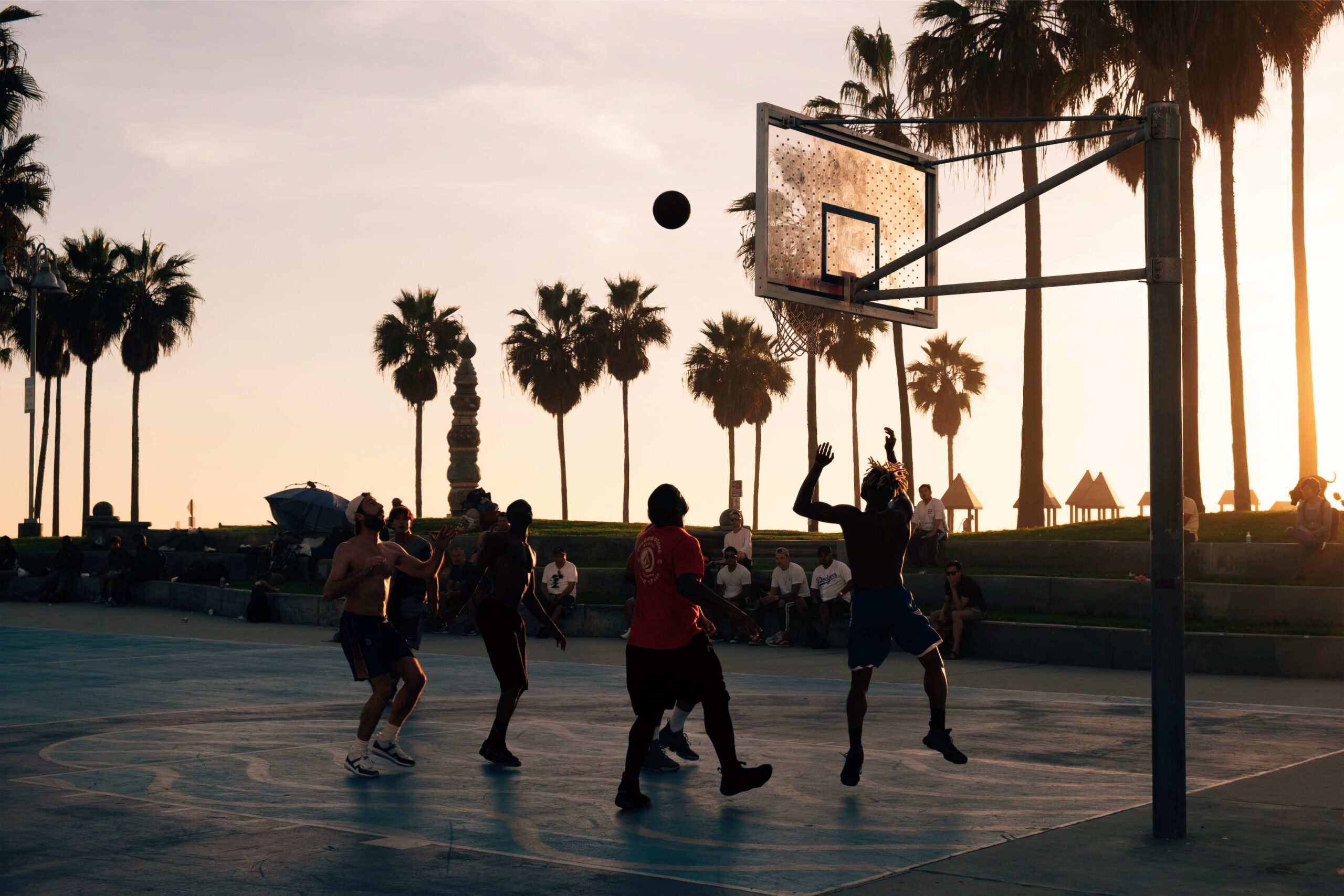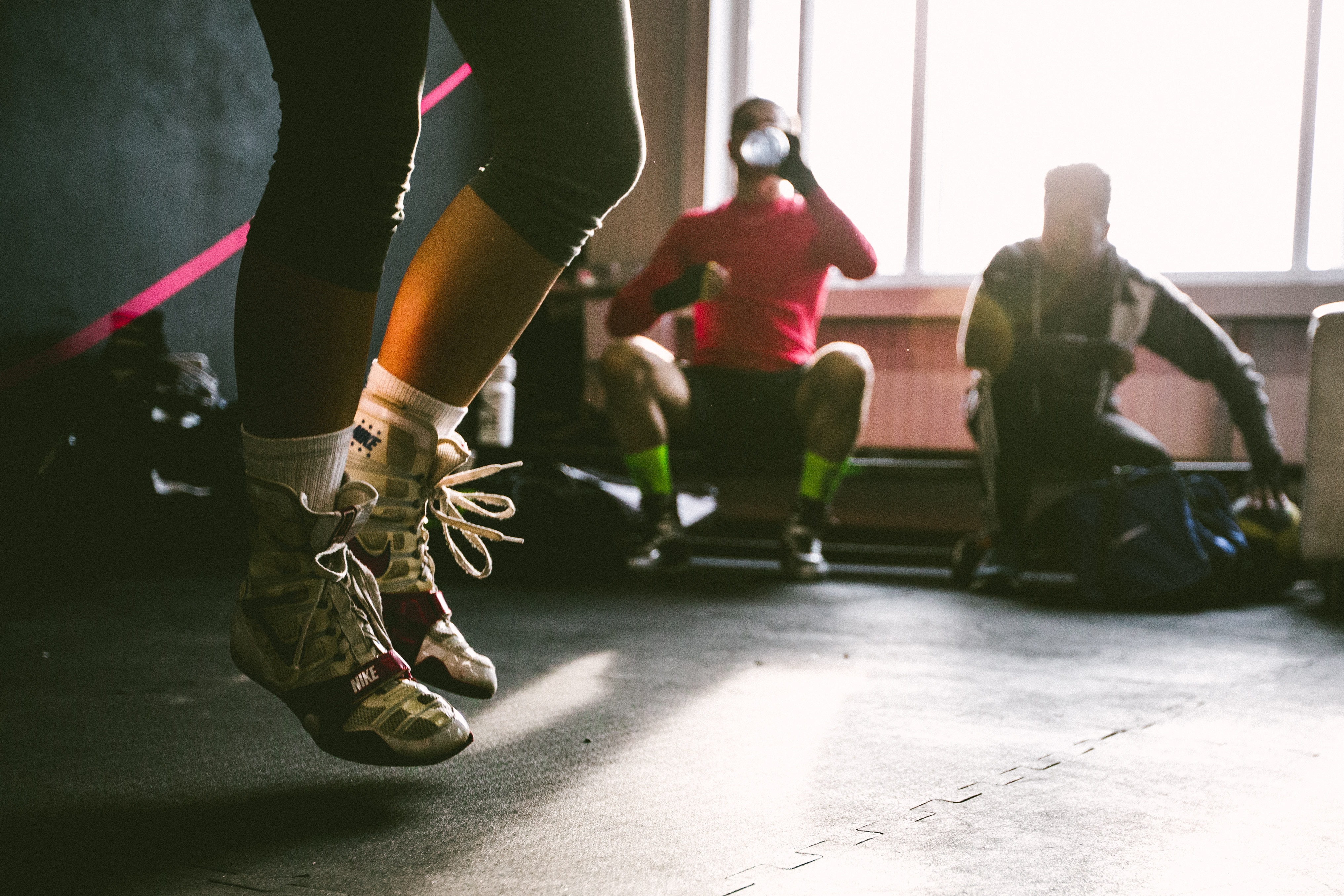Don’t Let Achilles Tendon Pain Become Your Achilles Heel
Recovery | Sports PerformanceABOUT THE AUTHOR

Tim DiFrancesco
Tim DiFrancesco, PT, DPT, ATC, CSCS spent 6 seasons as the Head Strength & Conditioning Coach of the Los Angeles Lakers and founder of TD Athletes Edge. He is nationally renowned for his evidence-based and scientific approach to fitness, training, nutrition and recovery for athletes and fitness enthusiasts.
// Achilles Tendon Pain in the NBA
The course of this year’s NBA playoffs and the outcome of the finals were dramatically changed by successive Kevin Durant injuries. First to his calf and then to his Achilles tendon. While wishing KD a full and speedy recovery, his injury draws attention to a trouble spot that is often overlooked – until something goes wrong and you or one of your clients ends up on the treatment table.
For NBA players, the main reason that they end up with an injury to their Achilles or elsewhere in the lower leg is because their workload is so high. As the 82-game regular season draws on, we start to see an uptick in problems in this area as this starts to take its toll, a trend that continues into the playoffs.
Structure is a contributing factor, too. NBA players’ feet can be as long as the typical person’s forearms. Manipulating a lever of this length at the bottom of a big body that might be 250 pounds or more and is asked to move explosively is extremely challenging. Particularly as the mileage starts to accumulate. Even if a player and a team’s medical staff is doing everything right, at a certain point if you keep adding weight to one side of the scale, you’re bound to run (and jump) into problems. And tendinopathy can be one of these.
Achilles Injury Prevention
On the other end of the athletic spectrum are middle-aged basketball players. Men between the ages of 35 and 55 seem to be at particular risk of Achilles tears and other lower leg injuries. This is partly because their career is peaking during this time, and they’re often right in the middle of fatherhood. This means they don’t have as much opportunity for strength and conditioning as they perhaps once did, aren’t doing any preventative work on this area of the body, and don’t regularly play sports.
Suddenly a friend calls out of the blue and they go from no basketball to three games a week in a summer league. Now they’re taking off and landing, starting and stopping, and dealing with forces from many different angles. As they’re not checking any of the boxes for strength or injury prevention, it’s a perfect storm and I’m frankly surprised that we don’t see more people getting hurt. The same goes for any other sport.

Too Much Stretching and the War on Isolation
In the past few years, it has become unpopular to isolate a certain part of the body during resistance training. This is because if you take functional principles to a certain point, some coaches believe that direct muscle work is only for bodybuilders. And while this assertion makes sense on some level, it belies the fact that injuries to the Achilles and lower leg in general are all too common, and their risk could be greatly reduced by spending just a little time on strengthening this area.
Another wrong turn that’s taken too often is for athletes with existing tendinopathy issues. To prevent a persistent Achilles flare-up from recurring, they’re commonly advised to stop practicing their sport and lifting, and instead rest and ice the heel cord. The second component of this prescription? Stretch, stretch, and stretch some more. The trouble is that there’s no real evidence to show that this provides anything more than temporary relief. If you eliminate volume, then of course a painful area will start to feel better for a little while. And icing it will provide some short-term analgesic effects. But soon enough, the athlete must return to activity and then the issue is likely to rear its ugly head yet again.
Exposing the Achilles to Stress
If this sounds like you (or, if you’re a coach, some of your athletes), then your current approach isn’t working. I believe that there’s a better way forward. Exposing the Achilles and the other connective tissues of the lower leg to stress so that they become stronger and more resilient. As the focus on strength training is often on developing certain muscle groups, we can easily forget that muscles aren’t the only structures in the body that respond to mechanical loading. We’ve also got fascia, ligaments, and tendons.
For the purpose of this article, the Achilles is one example of the latter. Tendons attach muscles to bones and joints and when you stress the muscles, you will also put your tendons under load. They react by becoming stronger, more dynamic, and more durable – something that no amount of icing, resting, or stretching is going to achieve.
Keeping the Achilles Tendon Strong and Springy
The other issue with too much stretching on its own is that the Achilles (and all other tendons, for that matter) aren’t meant to be stretched out and soft. They’re supposed to be tensile structures that are springy. If a guide wire on any kind of device is slack, it will profoundly affect the direction of the thing it’s guiding. So in the case of the Achilles, it’s going to impact the muscle and bone on either end.
To restore the natural, spring-like quality of this tendon, we need to stop unloading it and instead subject it to some carefully and purposefully dosed stress. To do so, I tend to lead people to isometric exercises first – a contraction with a static hold. From there, we can introduce eccentric loading, and then begin combining eccentric and concentric contractions. When the athlete is ready, we speed up each phase with plyometrics. Doing so can create a lasting improvement in tissue quality. This means at the cellular level, a tissue that is more organized and parallel in nature, versus the haphazard structure that we often see in the tendon when it hasn’t had much loading.
How to Get Started
It doesn’t take fancy equipment or a lot of time to begin addressing issues with the Achilles and surrounding tissues. The three simplest exercises to start with are:
Your Title Goes Here
Your content goes here. Edit or remove this text inline or in the module Content settings. You can also style every aspect of this content in the module Design settings and even apply custom CSS to this text in the module Advanced settings.
Tip-Toe Holds
Stand with your feet straight and rise up onto your tip-toes. Then hold the position for 10 to 15 seconds. You can start with only going up halfway, then three quarters, and then all the way up. Add some variation by pointing your toes in a little on one rep, out a bit on the next, and then straight again. And try a seated hold to emphasize the soleus, which is often overlooked.
Tip-Toe Walks
Perform this movement the same way the name suggests: rise up onto your toes and walk across the floor without letting your heels come back down. Once you’re used to the motion, you can carry a pair of light dumbbells.
Calf raises
Another simple but effective exercise. Find a step or stair at your house, place one foot on the edge, and slowly lower yourself down. Then return to the starting position. You can raise back up with both legs to de-emphasize the concentric contraction while emphasizing the eccentric phase. Again, you can slowly introduce a dumbbell to increase the load, and can try the exercise with a bent knee while seated to again emphasize the soleus.
Intermediate and Advanced Movements for the Achilles + Calf Complex
It doesn’t take fancy equipment or a lot of time to begin addressing issues with the Achilles and surrounding tissues. The three simplest exercises to start with are:
Your Title Goes Here
Your content goes here. Edit or remove this text inline or in the module Content settings. You can also style every aspect of this content in the module Design settings and even apply custom CSS to this text in the module Advanced settings.
Tip-Toe Farmer Carry
This is a fantastic way to introduce more isometric work into your calf/Achilles strengthening. Remain up on your tip-toes as you walk and hold a pair of light kettlebells to increase the load. Shoot for 2-4 sets of 30-90 seconds.
Stationary Pogo Jump
Here’s a great exercise to load the calf and Achilles during a straight leg jumping and landing action. Keep your knees as stiff as possible as you pogo jump in place. Shoot for 2-4 sets of 10-20 reps.
Pogo Box Jump w/ Tip-Toe Stick
Once you’re ready for plyometrics. Typically several weeks into doing Achilles/calf complex exercises, this movement will help ready this area for the jumps and landings you’ll experience playing your sport. Jump from a stiff leg position up to the box and catch your landing with control in a tip-toe position. Shoot for 2-4 sets of 6-12 repetitions.
Timing and Frequency
You can incorporate some lower leg-specific work into your warmup, but I prefer to use it in the recovery phase after completing a training session. Then it will provide a nice cooldown. It takes a surprisingly low volume to make a difference to the structure and function of the Achilles and other lower leg tissues. I suggest three exposures a week, with anywhere from 30 seconds to three minutes total per exercise. For any movement that uses rep counts, do no more than 45 per session, such as three sets of 15.
With isometric holds, you shouldn’t be looking to go to failure – around 15 seconds will likely prove challenging at first. You can then add a little more time, but again, we’re not pursuing a “more is more” philosophy here. You shouldn’t be doing so much that your calves have a high level of soreness – that would indicate that you’re overdoing it and need to back off. Just a few minutes per week is all that’s needed to transform your Achilles and calf complex from a problem-plagued, high-risk area into one that’s durable and resilient.

Are you a better coach after reading this?
More coaches and athletes than ever are reading the TrainHeroic blog, and it’s our mission to support them with useful training & coaching content. If you found this article useful, please take a moment to share it on social media, engage with the author, and link to this article on your own blog or any forums you post on.
Be Your Best,
TrainHeroic Content Team
HEROIC SOCIAL
HEROIC SOCIAL
TRAINING LAB
Access the latest articles, reviews, and case studies from the top strength and conditioning minds in the TH Training Lab

